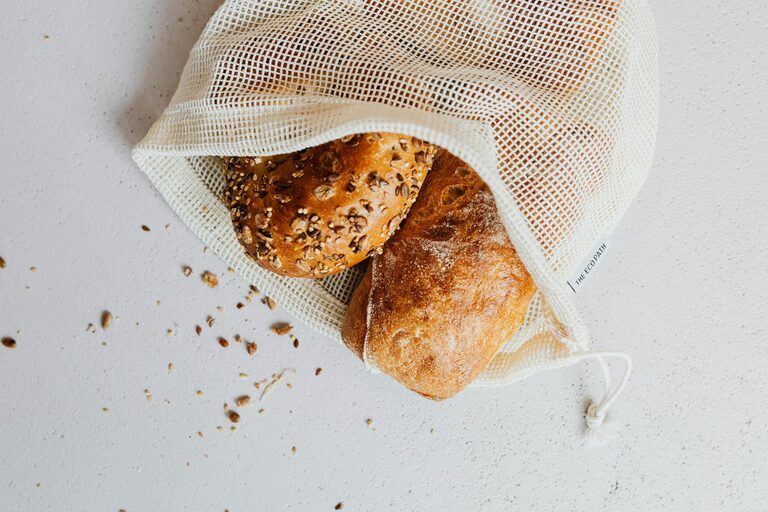Planning meals can sometimes feel overwhelming, especially when time is short or grocery trips are limited. However, your pantry is a treasure trove of ingredients that can help you whip up satisfying dishes without extra trips to the store. In this post, we’ll explore how to plan meals from pantry staples, making mealtime simpler, more efficient, and enjoyable.
Why Plan Meals from Pantry Staples?
Pantry staples – such as canned beans, rice, pasta, canned tomatoes, spices, and oils – are versatile and have long shelf lives. Using these ingredients to plan meals can:
– Save money by reducing food waste and limiting last-minute grocery runs
– Encourage creativity in the kitchen as you work with what’s on hand
– Help maintain a well-stocked kitchen prepared for busy days or unexpected guests
By knowing how to turn your pantry staples into satisfying meals, you can eat well even when fresh ingredients are limited.
Step 1: Take Inventory of Your Pantry Staples
Begin by assessing what you already have. This will help you identify potential meals and avoid buying duplicates.
How to inventory effectively
– Choose a regular time (weekly or monthly) to check your pantry
– Group items by type: grains, canned goods, spices, baking supplies, etc.
– Note expiry dates and prioritize items that need to be used soon
– Keep an updated list on paper or a digital device for easy reference
Knowing exactly what you have gives you a starting point for meal planning.
Step 2: Choose a Meal Framework Based on Staples
Some pantry staples naturally lend themselves to certain meal types. Group your staples into categories like:
– Grains and starches: rice, pasta, quinoa, oats
– Canned proteins: beans, lentils, tuna
– Sauces and bases: canned tomatoes, broth, coconut milk
– Flavor enhancers: spices, herbs, chili flakes, soy sauce
This framework helps you combine ingredients effectively.
Step 3: Find Recipe Inspiration
Here are some easy meal ideas centered around pantry staples:
1. One-Pot Pasta
– Use pasta, canned tomatoes, garlic, onions (fresh or dried), and olive oil
– Add dried herbs and spices for extra flavor
– Optional: canned beans or tuna for protein
Simmer everything together for a quick, flavorful dish.
2. Rice and Bean Bowls
– Cook rice or other grains
– Heat canned beans with spices (cumin, paprika)
– Add canned corn or diced tomatoes if available
– Top with any fresh veggies or cheese if on hand
A nutritious, balanced meal that’s easy to customize.
3. Lentil Soup
– Use dried or canned lentils, canned tomatoes, and broth
– Season with garlic, onion powder, thyme, and bay leaves
– Cook until tender; serve with crusty bread or crackers
Comforting and filling, great for batch cooking.
4. Stir-Fry with Shelf-Stable Ingredients
– Use soy sauce or tamari, rice or noodles, and canned vegetables or water chestnuts
– Add aromatics like ginger and garlic powder
– Optional: nuts or seeds for texture
Quick and satisfying with pantry ingredients.
Step 4: Plan Your Weekly Menu
Create a meal plan using your pantry staples combined with any fresh or frozen items you have.
Tips for successful planning:
– Mix and match several pantry-based meals with fresh produce to keep variety
– Plan for leftovers by doubling recipes and using them for lunch the next day
– Incorporate simple sides like salads or fruit to balance meals
– Be flexible; swap meals if your plans change
Step 5: Keep a List of Favorite Pantry-Based Meals
As you try recipes, keep track of favorites. This makes future planning easier and saves time.
– Use a notes app, recipe cards, or a meal planning journal
– Include notes about ingredient substitutions or adjustments
– Update the list seasonally to reflect changes in what’s available
Bonus Tips for Stocking Your Pantry
– Keep basics like rice, pasta, canned tomatoes, beans, broth, and spices well stocked
– Rotate items to use older products first
– Consider emergency staples such as canned tuna and shelf-stable milk
– Store items in clear containers for easy visibility
Conclusion
Meal planning with pantry staples can simplify your cooking routine, reduce waste, and open up many delicious possibilities. By taking stock of what you have, choosing flexible recipes, and planning ahead, you’ll be prepared for busy days while enjoying satisfying dishes. Your pantry is more powerful than you think – use it to your culinary advantage!
Happy cooking!

